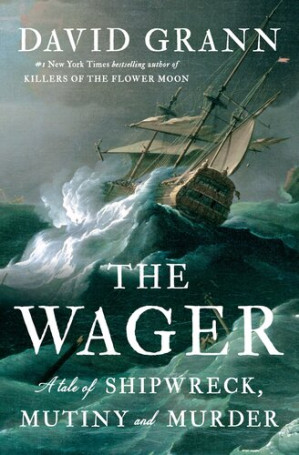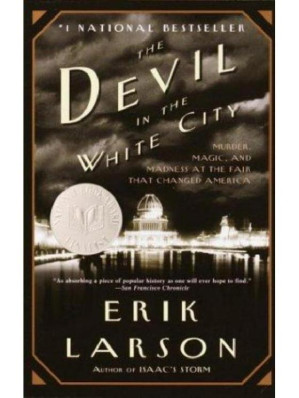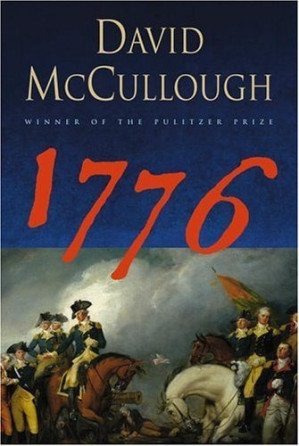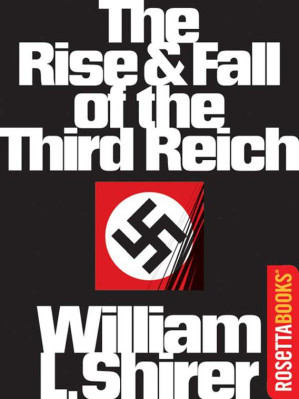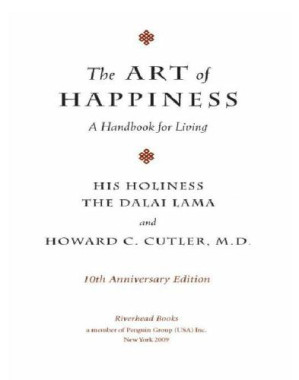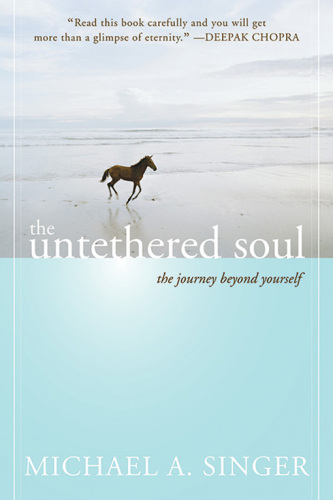Diamond's interdisciplinary synthesis won the 1998 Pulitzer Prize for General Nonfiction, the Aventis Prize for Best Science Book, and the Rhone Poulenc Science Book Prize, reflecting its significant impact across multiple fields. The book has been praised for its ambitious scope and ability to connect disparate disciplines—history, geography, biology, anthropology—into a coherent explanation for global inequality. It has been translated into dozens of languages and adapted into a National Geographic documentary series, reaching millions of readers worldwide.
However, the book has faced substantial academic criticism, particularly for environmental determinism and oversimplifying complex historical processes. Historians and anthropologists have questioned Diamond's methodology, arguing that he minimizes human agency, cultural factors, and historical contingency. Some specialists contend that his explanations for specific historical developments, such as the European conquest of the Americas, oversimplify the complex interplay of social, political, and cultural factors.
Despite these criticisms, Guns, Germs, and Steel has fundamentally influenced popular understanding of long-term historical patterns and continues to be widely discussed in both academic and public spheres. Its central thesis—that environmental factors rather than inherent human differences explain global inequality—has become a foundational concept in many introductory history and anthropology courses.


